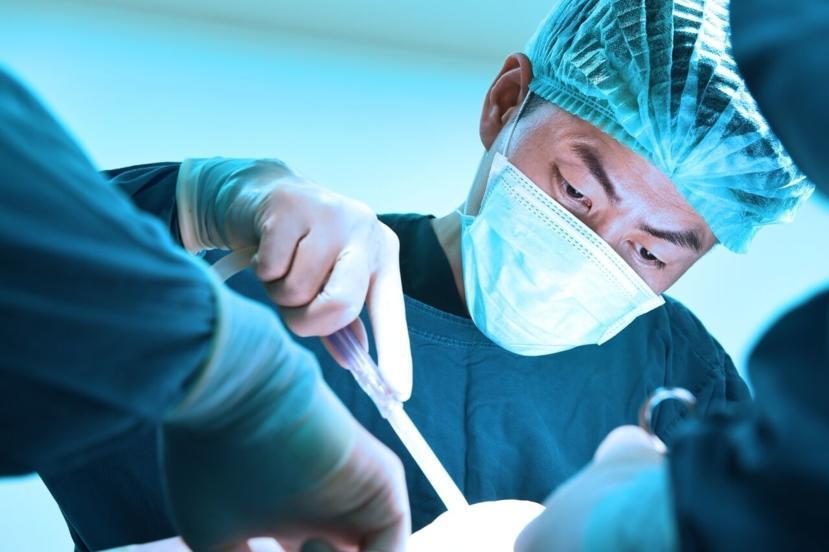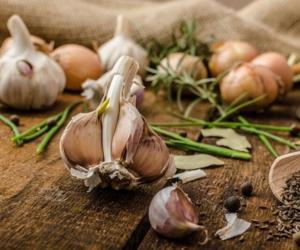Gallbladder Surgery: Its Possible Complications

Laparoscopic gallbladder surgery is a surgical procedure used to remove gallstones or a damaged gallbladder. Also known as cholecystectomy, it involves making small incisions in the abdomen. Your abdomen is inflated with carbon dioxide or air during the procedure to enable the surgeon to get a clear view of the organs.
A special instrument known as a laparoscope is inserted into one of the incisions next to the belly button. A laparoscope consists of video camera and a lighted tube. A video monitor is used by the surgeon as a guide while inserting the surgical instrument and in removing the gallbladder through other incisions.
A special x-ray procedure known as intraoperative cholangiography may be performed on you to give the surgeon an anatomy of the bile ducts before he or she begins the operation. You will be put under general anesthesia before the procedure and it will last for about two hours.
After the gallbladder is removed, bile will flow from the liver straight into the small intestine via the common bile duct. The body will no longer be able to store bile between digestive cycles. This will, however, have little to no effect at all on the functionality of the digestive system.
The surgeon may be forced to switch to open surgery, which would mean a larger incision. This happens with about 5 to 10 out of 100 gallbladder removal surgeries. The most common reasons for the surgeon's needing to switch are complications such as excessive bleeding, injury, inflammation, or scar tissue.
What To Expect After Surgery
You may be required to spend a day or two in the hospital after surgery unless you are undergoing it as an outpatient. Under normal circumstances, you should be able to get back to your daily activities just 7 to 10 days into the recovery process. If you undergo laparoscopic surgery, you will probably feel some soreness in the abdominal area for about a week. However, the soreness and discomfort may last longer if you underwent open surgery. No particular precautions or diets are needed after the surgical operation.
Complications of Gallbladder Removal
The gallbladder is one of the organs that you can do without, since digestion can still go on without the body having to store bile between meals. A good number of people who undergo gallbladder removal surgery do not experience any problems digesting or eating food. However, gallbladder removal may come with side effects and can interfere with a person's eating and digestion in some instances.
Gallbladder removal surgery is considered one of the safest surgical procedures, but just like any other surgery, it is normal for complications to occur however rare such cases are. Some of the possible complications are the following:
- Post-Cholecystectomy Syndrome
A few individuals may experience symptoms that have similarities with those that come as a result of gallstones. They include:
- Pain in the abdominal area
- Jaundice (yellowing of the skin and eyes)
- Fever of 38 degrees Celsius (100.4 degrees Fahrenheit) or higher
The general term that collectively refers to these symptoms is post-cholecystectomy syndrome (PCS). It usually occurs as a result of gallstones in the bile ducts or bile leaking into other areas like the stomach. While the symptoms are usually mild and short-term, there are cases where they can prove to be persistent. If this happens, you should contact your doctor.
- Risks of General Anesthesia
General anesthesia can bring about a number of serious complications, although such a situation rarely occurs. It may be in the form of an allergic reaction or even death. It is always important for you and your doctor to make sure you are healthy and fit enough to undergo the procedure. This will reduce the chances of any of the anesthesia-related complications happening to you.
- Deep Vein Thrombosis
There are chances of a person developing blood clots after the surgery. This condition is referred to as thrombosis (DVT) and it usually affects a vein in the leg. These blood clots are enough to make you and your doctor worried because they can interfere with the flow of blood into your lungs, leading to a more serious complication.
- Difficulty Digesting Fatty Foods
Digesting foods that are high in fats may be a tricky affair for some people for a month or so after the surgery. For this reason, try to avoid fatty foods as much as you can for a while just to be on the safe side.
- Temporary Diarrhea
After your gallbladder removal, bile will no longer be stored and just flow freely straight to the small intestine in smaller portions. This can result in temporary diarrhea in some individuals. It normally goes away on its own, but you should consult your doctor in case it goes on for three days or more.
- Chronic Diarrhea
After a gallbladder removal, you may find yourself visiting the bathroom more frequently than you ever used to. The bowel movements may come with a sense of urgency, and the stool can appear watery and loose. Studies have shown that this situation occurs in about 1 percent of people who have undergone the surgery. A certain group of people such as men younger than 50 years old, and especially if they are obese, stand a higher risk of experiencing chronic diarrhea for months or even years after their gallbladder removal surgery. Eating foods low in fats and treatments that get rid of excess bile are some of the ways to reduce the occurrence of this symptom.
- Temporary Constipation
Temporary constipation can come as a result of the pain killers used after surgery. Including foods that are rich in fiber in your diet can go a long way in getting rid of this symptom. Some of these fiber-rich foods are:
- Beans
- Whole grains
- Vegetables
- Bran
- Fruits
You may also be given a stool softener by your doctor.
- Retained Gallstone in a Bile Duct
A gallstone may accidentally remain in the bile duct after your surgical procedure. The remaining gallstone can interrupt the flow of bile going into the small intestine and you may experience certain symptoms as a result. They include:
- Fever
- Vomiting
- Nausea
- Jaundice
- Bloating
Another surgical procedure may be required to successfully get rid of this complication.
- Bile Leakage
Certain types of clips are used in sealing the tube connecting the primary bile duct to the gallbladder after the latter has been removed. However, bile leakage may occur in some instances after the surgery removing the gallbladder. When this occurs, you may experience the following symptoms:
- Pain in the abdomen
- Swollen tummy
- Fever and feeling sick
This is a very rare occurrence and it can be drained out. However, surgery may be required to fix it in some cases.
Changes in Your Digestion After Gallbladder Removal
You will probably be advised to go on a low-fat diet for the first few weeks. This is because your body will need time to adjust to be able to handle fats as usual without the help of a gallbladder. However, when the body has fully adjusted, going back to your usual diet will not be a problem.












